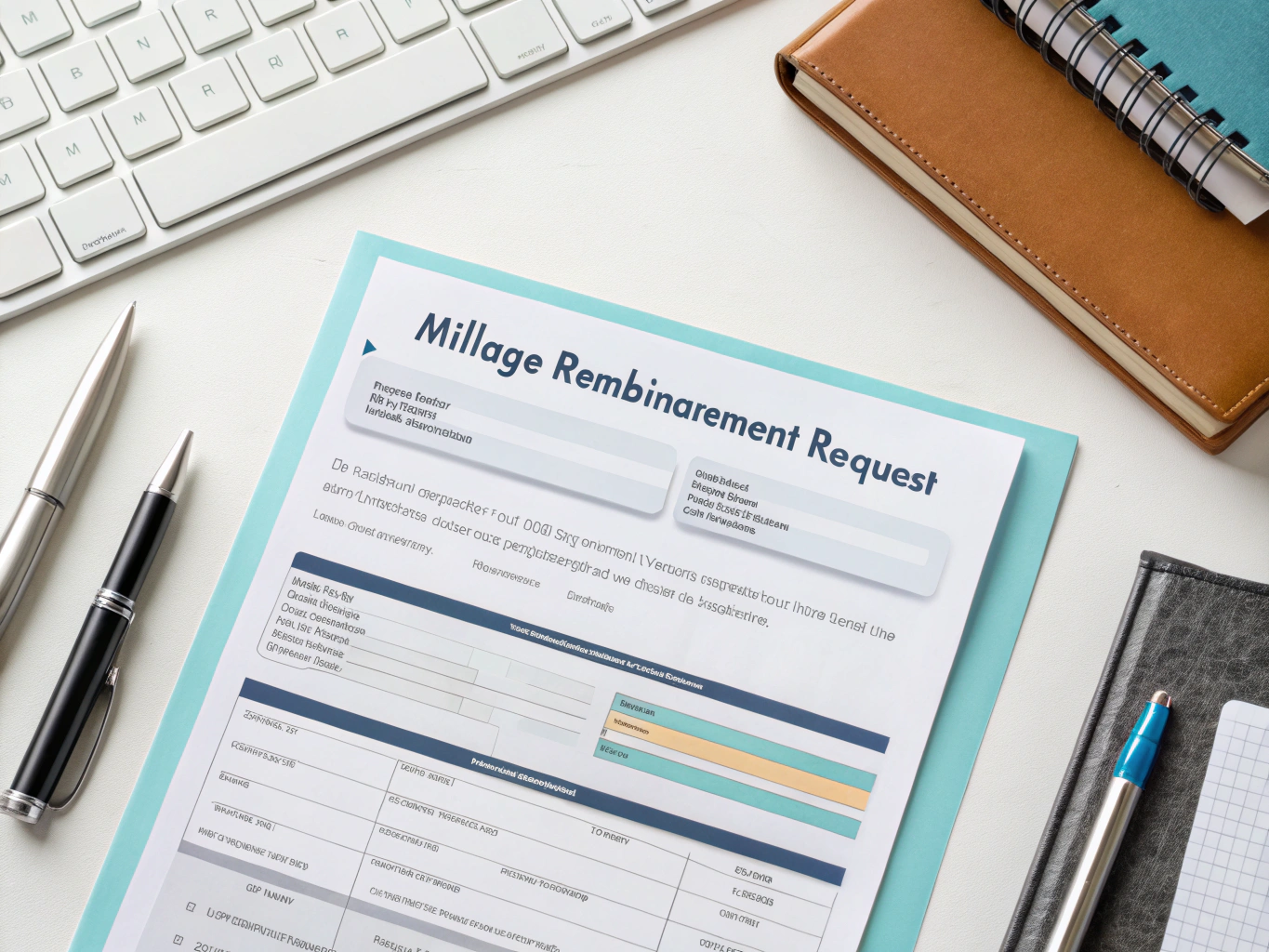What is an Injury Report?
An Injury Report is a crucial document used to formally report workplace accidents or injuries that occur within your organization. This form serves as an official notification to your employer about any incidents that have resulted in injury to an employee. Completing an Injury Report promptly is vital, as it allows the employer to investigate the incident, address safety concerns, and provide necessary support to the injured party. Moreover, in many jurisdictions, it is a legal requirement to report workplace injuries in a timely manner to avoid potential penalties.
Template
Below is a template you can customize for your organization’s needs:
Injury Report Form
Purpose and Benefits
The Injury Report form is designed to ensure that all workplace injuries are documented systematically, which is critical for maintaining a safe work environment. Here are some key benefits of using this form:
- Facilitates Safety Improvements: By documenting injuries, you can identify patterns and potential hazards, leading to improved safety measures.
- Ensures Timely Medical Attention: Quick reporting allows for immediate medical support for injured employees, which can prevent complications.
- Legal Compliance: Many jurisdictions require the reporting of workplace injuries; using this form helps ensure compliance and mitigate legal risks.
- Supports Claims Management: Proper documentation provides essential information for any workers’ compensation claims that may arise.
- Enhances Communication: Clear reporting channels improve communication between employees and management regarding safety concerns.
Essential Components
To effectively capture all necessary information regarding an injury, the Injury Report form should include the following elements:
- Employee Information: Essential for identifying the individual affected and facilitating follow-up actions.
- Date and Time of Incident: Crucial for establishing a timeline and context for the injury.
- Description of Incident: Provides detailed insight into the circumstances leading to the injury, helping to identify root causes.
- Type of Injury: Categorizing the nature of the injury enables better tracking of safety trends.
- Medical Treatment Received: Important for ensuring that the injured employee receives appropriate care and follow-up.
- Witness Information: Gathering witness accounts can help clarify the incident and inform future safety measures.
How to Use This Form
To implement the Injury Report form effectively, consider the following guidelines:
- Encourage Prompt Reporting: Make it clear that employees should complete the form as soon as possible after an injury occurs.
- Provide Training: Ensure that all employees understand how to fill out the form and the importance of doing so accurately.
- Designate a Responsible Person: Assign a specific individual or team to review and manage injury reports to ensure that all necessary follow-up actions are taken.
- Regularly Review Reports: Conduct periodic reviews of injury reports to identify trends and implement necessary safety improvements.
- Maintain Confidentiality: Protect the privacy of the injured employee while handling the report to adhere to legal and ethical standards.
Legal and Compliance Considerations
Understanding the legal framework surrounding workplace injuries is crucial. Many regions have specific laws and regulations that mandate the reporting of workplace injuries. Familiarize yourself with local laws to ensure compliance. Failure to report injuries as required can result in penalties, increased liability, and lost trust among employees. Always consult with legal counsel if you’re unsure about your obligations.
Best Practices
To maximize the effectiveness of the Injury Report form, consider the following best practices:
- Keep Forms Accessible: Ensure that Injury Report forms are readily available to all employees, both physically and digitally.
- Follow Up With Employees: After an injury report is submitted, check in with the injured employee to provide support and discuss any necessary accommodations.
- Encourage Open Communication: Foster an environment where employees feel comfortable reporting injuries without fear of retribution.
- Analyze Data for Trends: Use the information collected to identify recurring issues and develop preventive strategies to enhance workplace safety.




